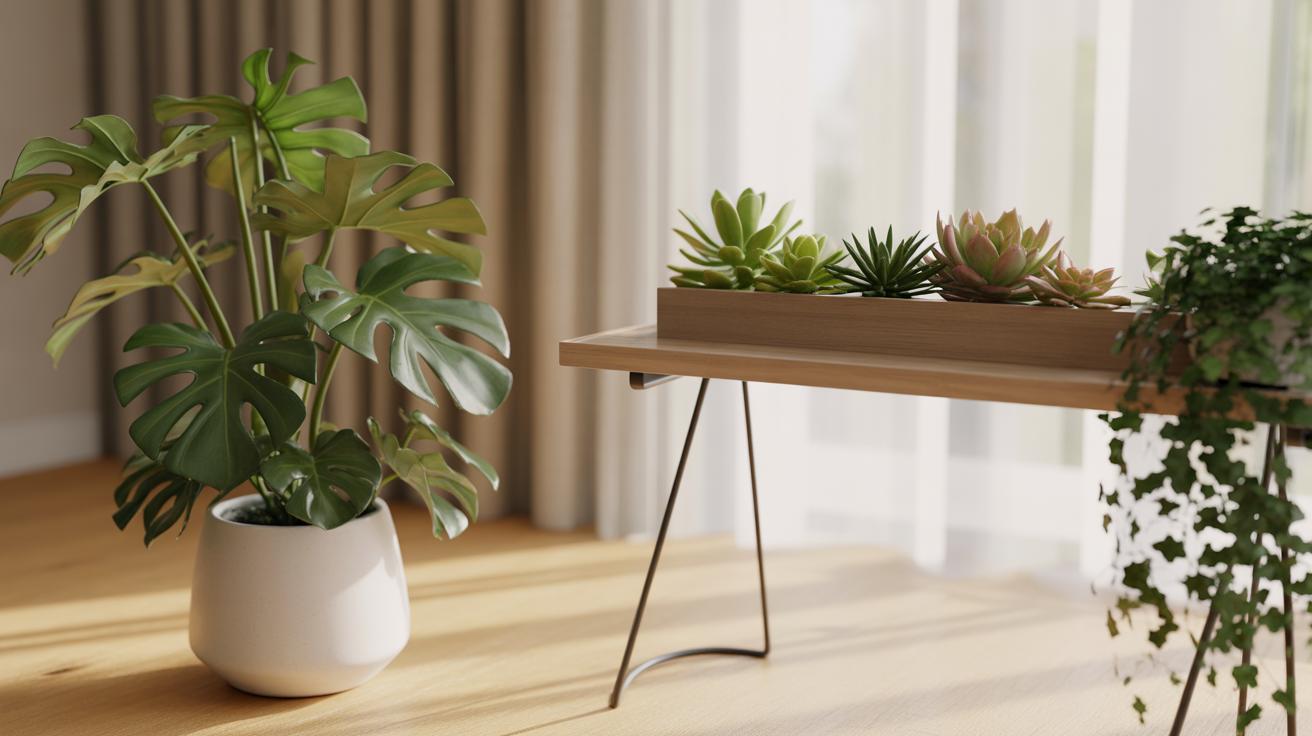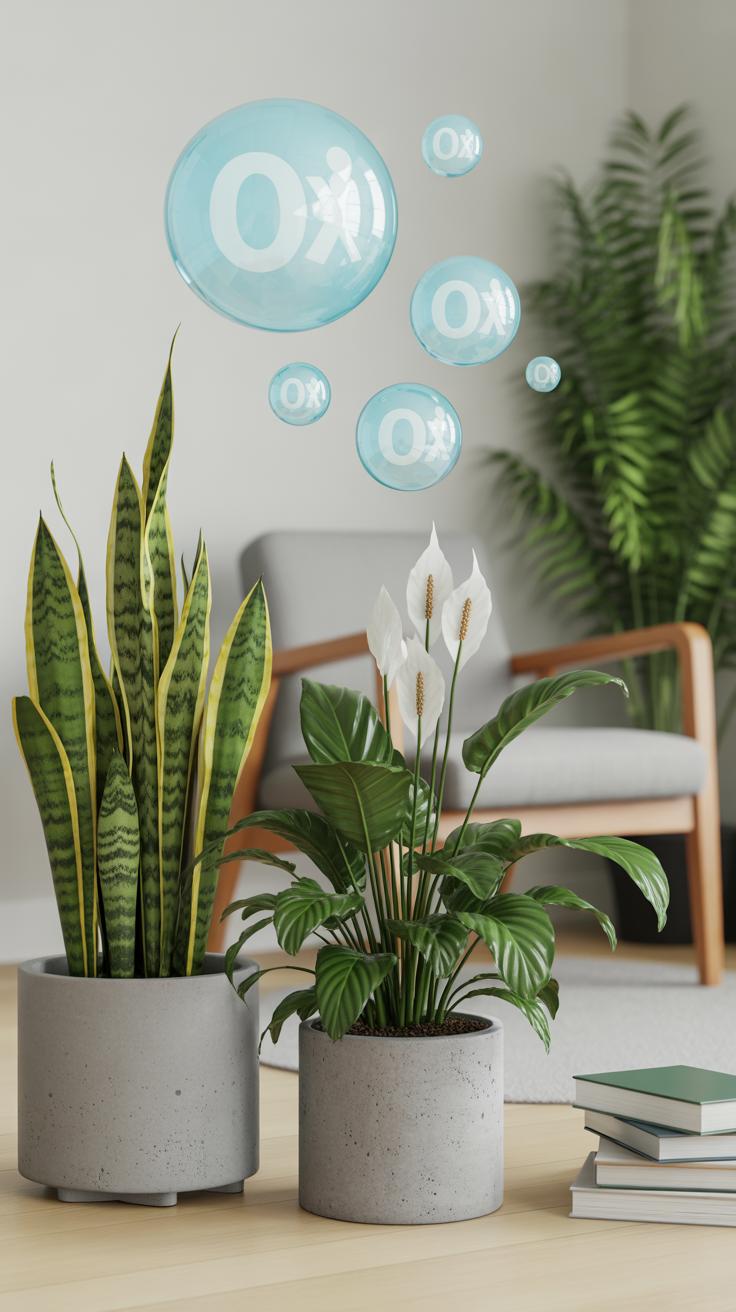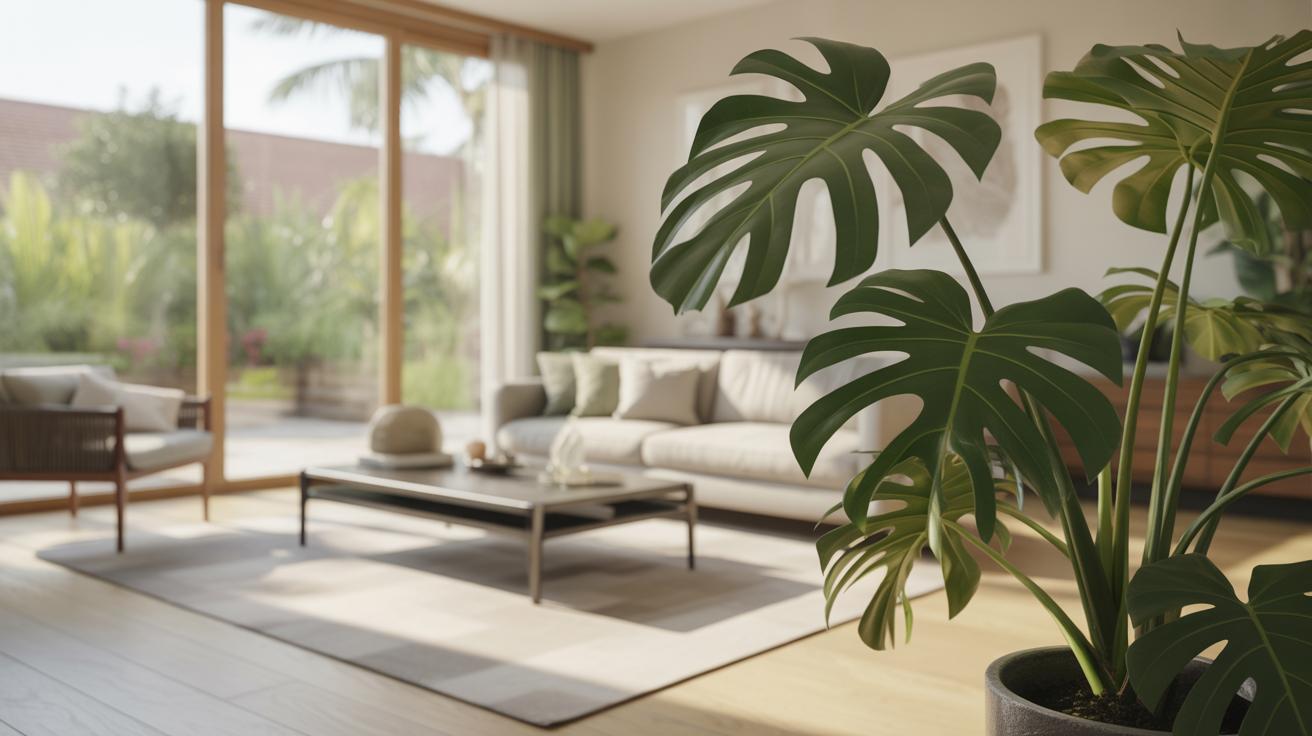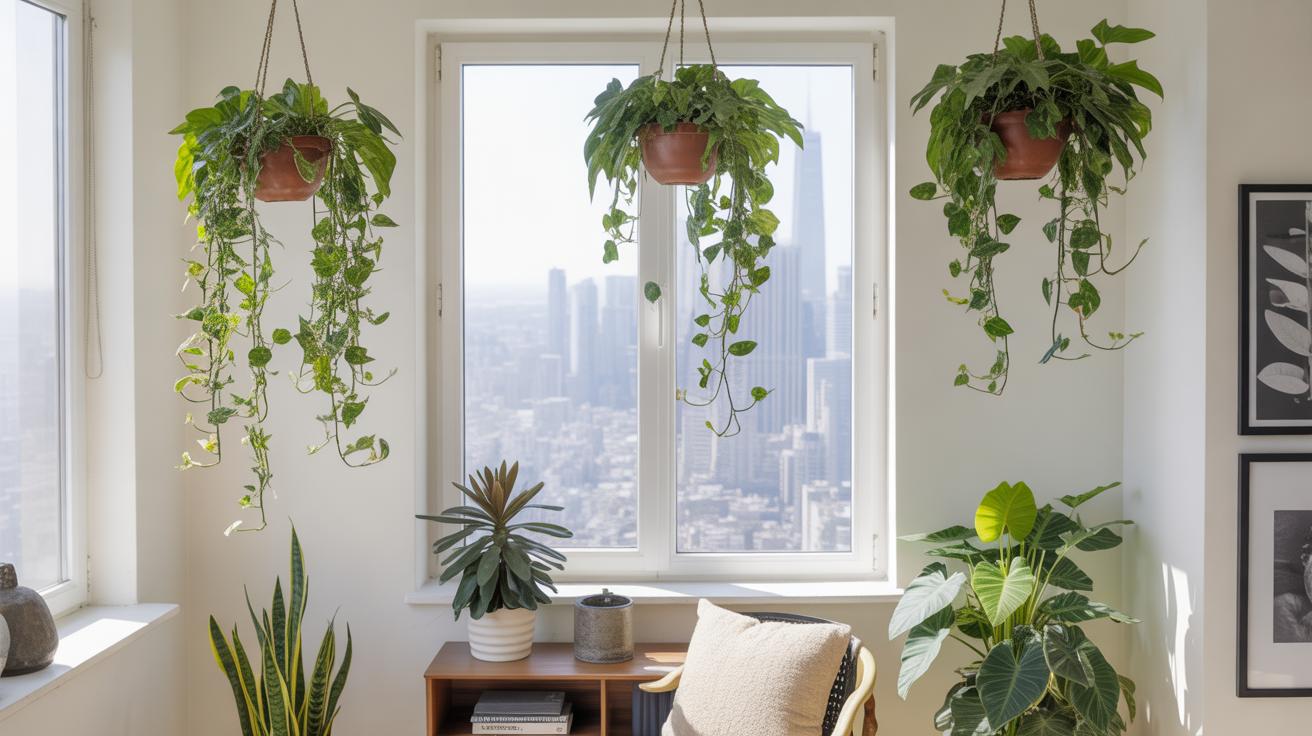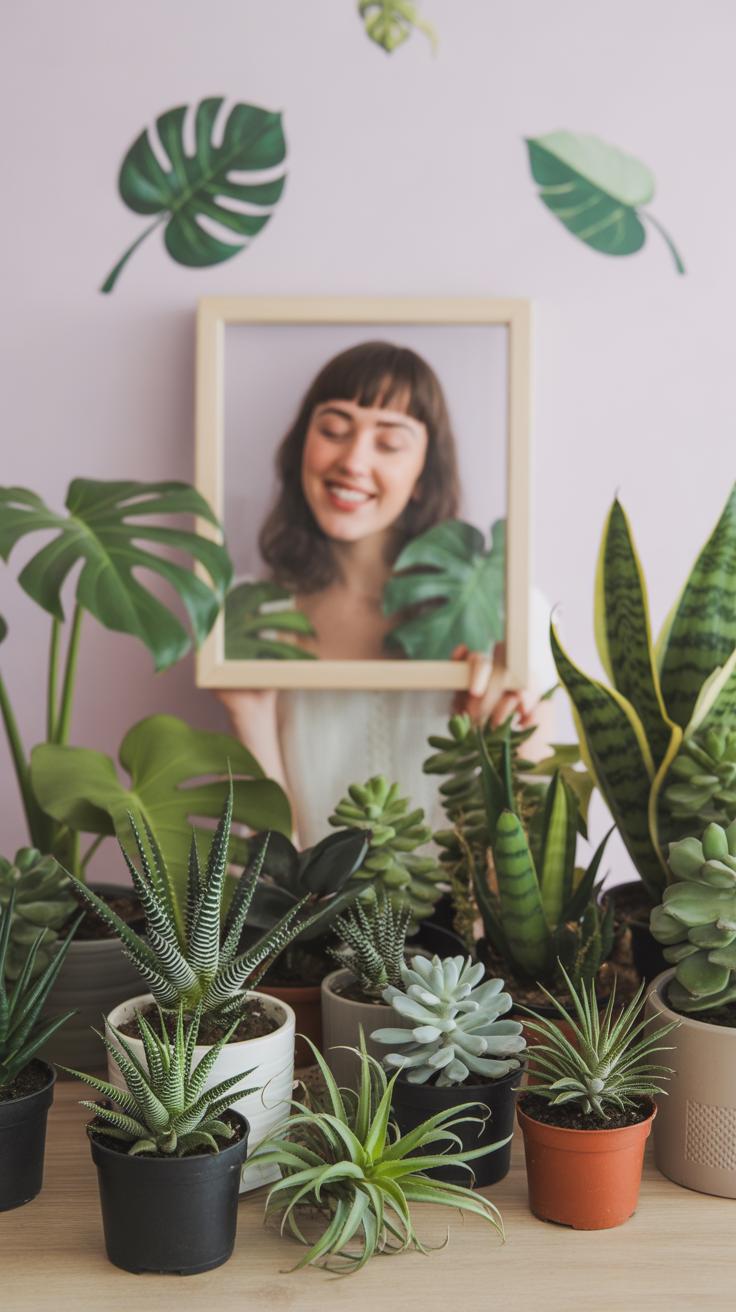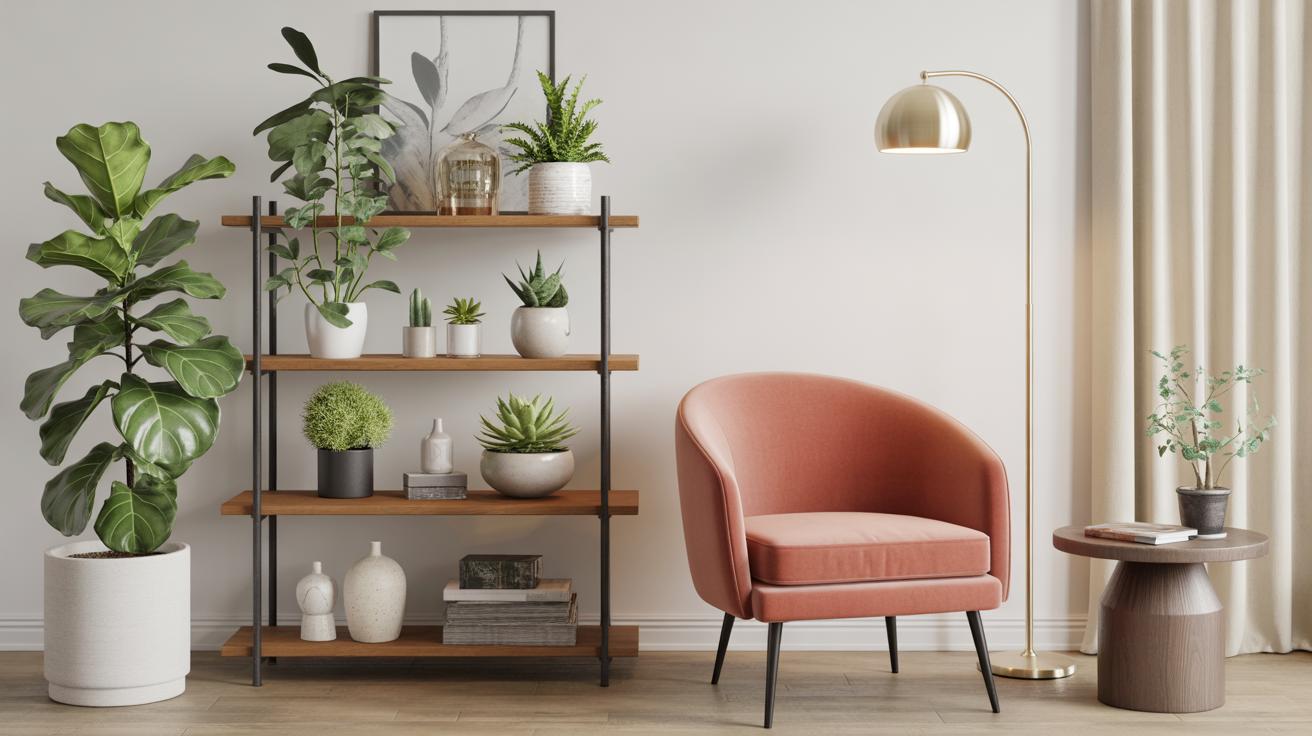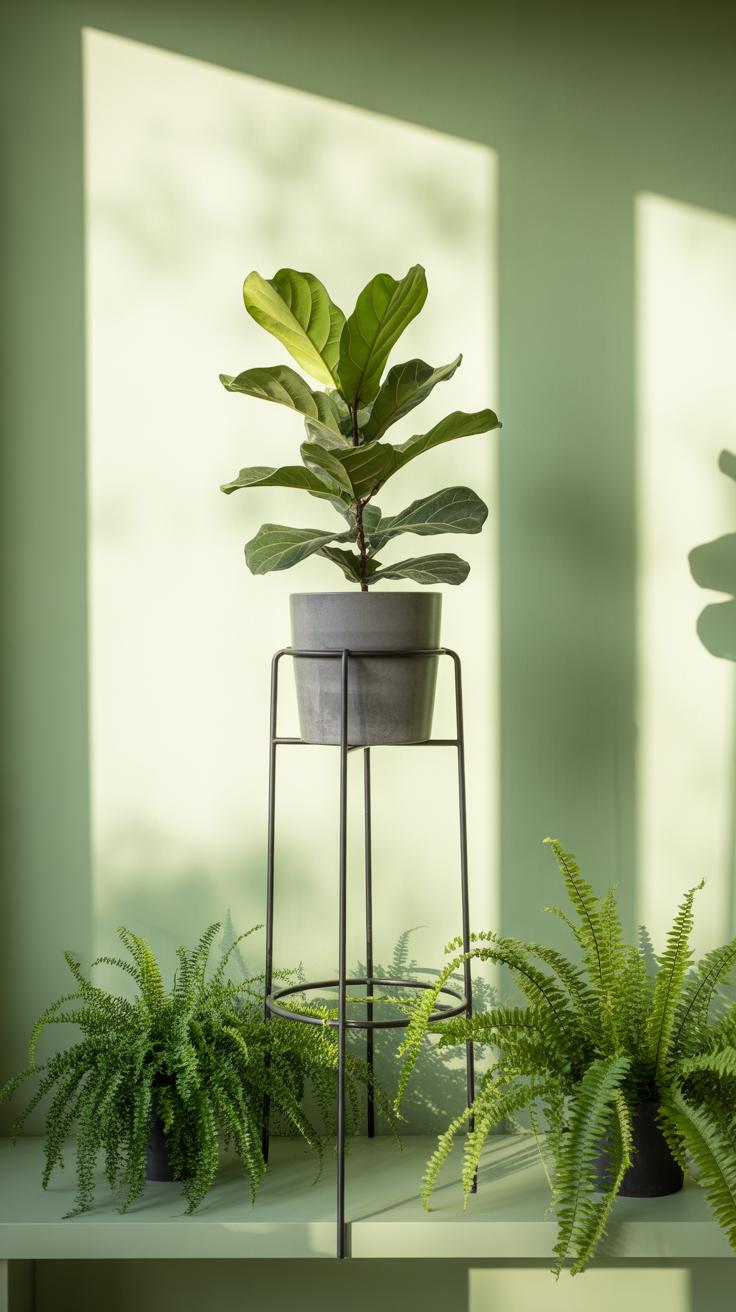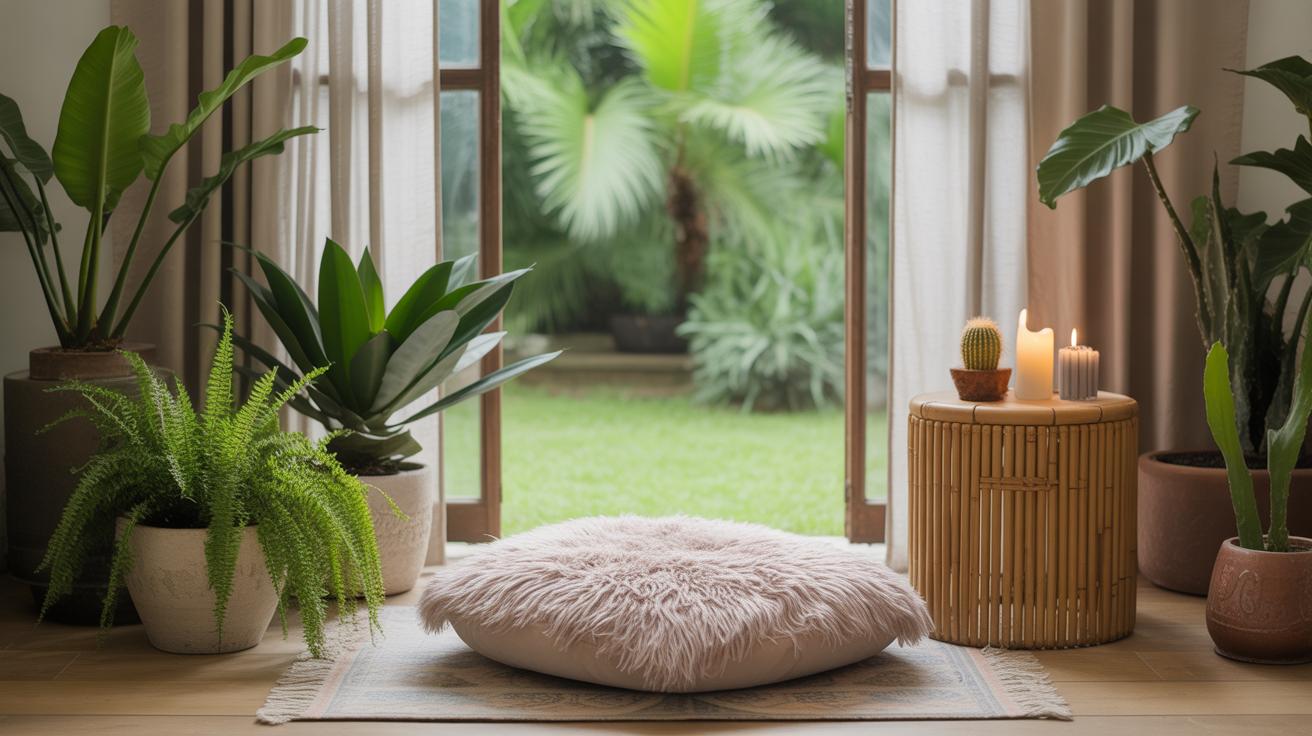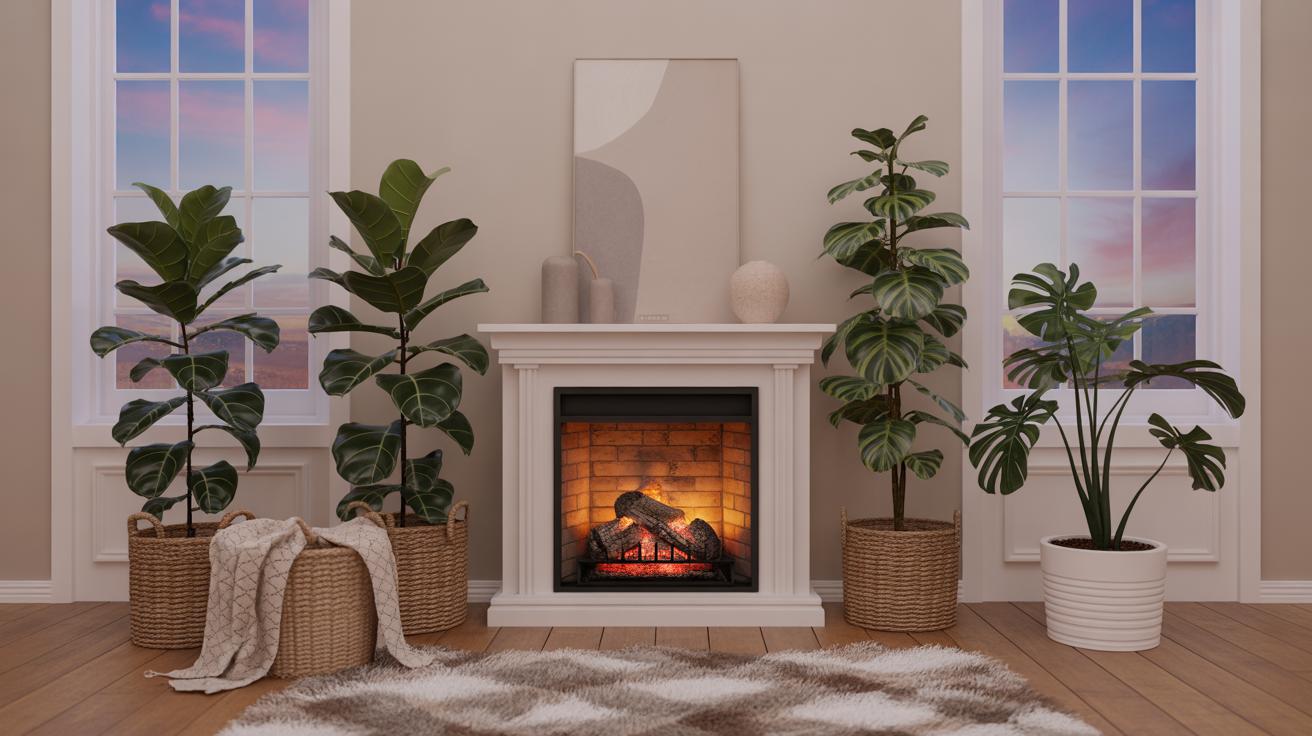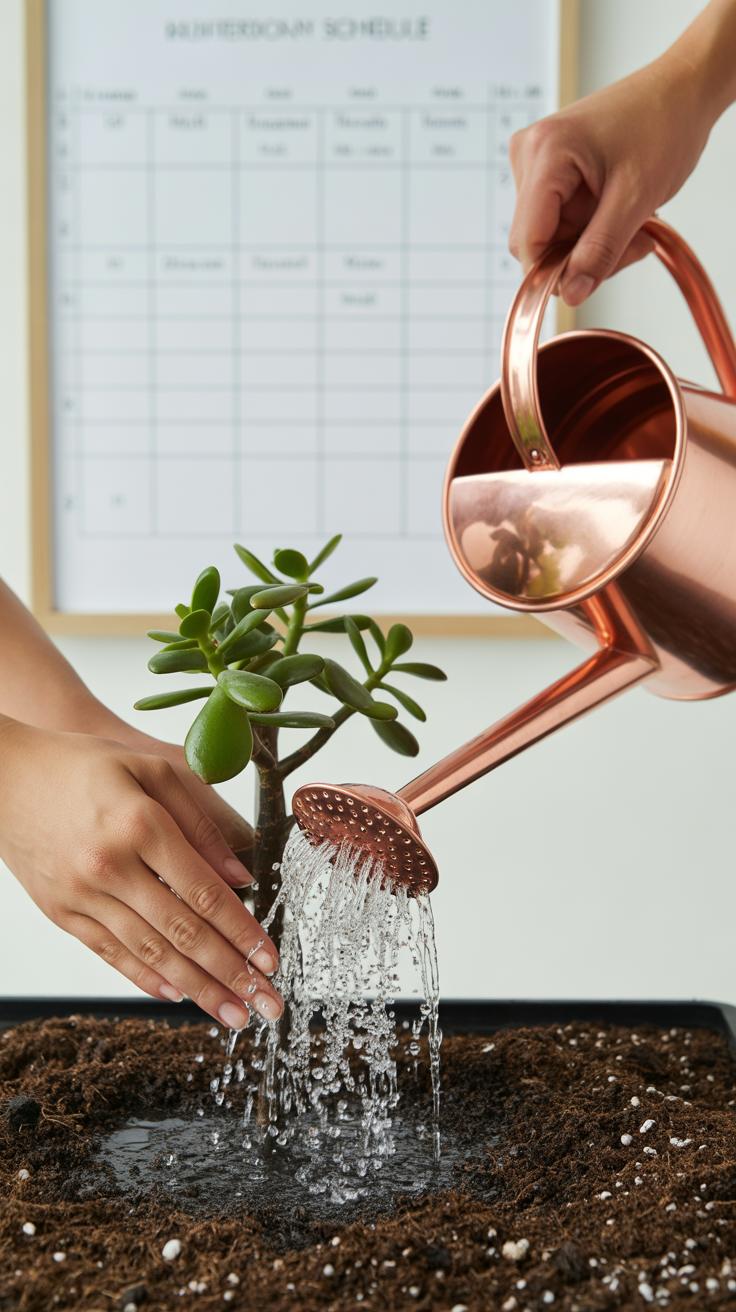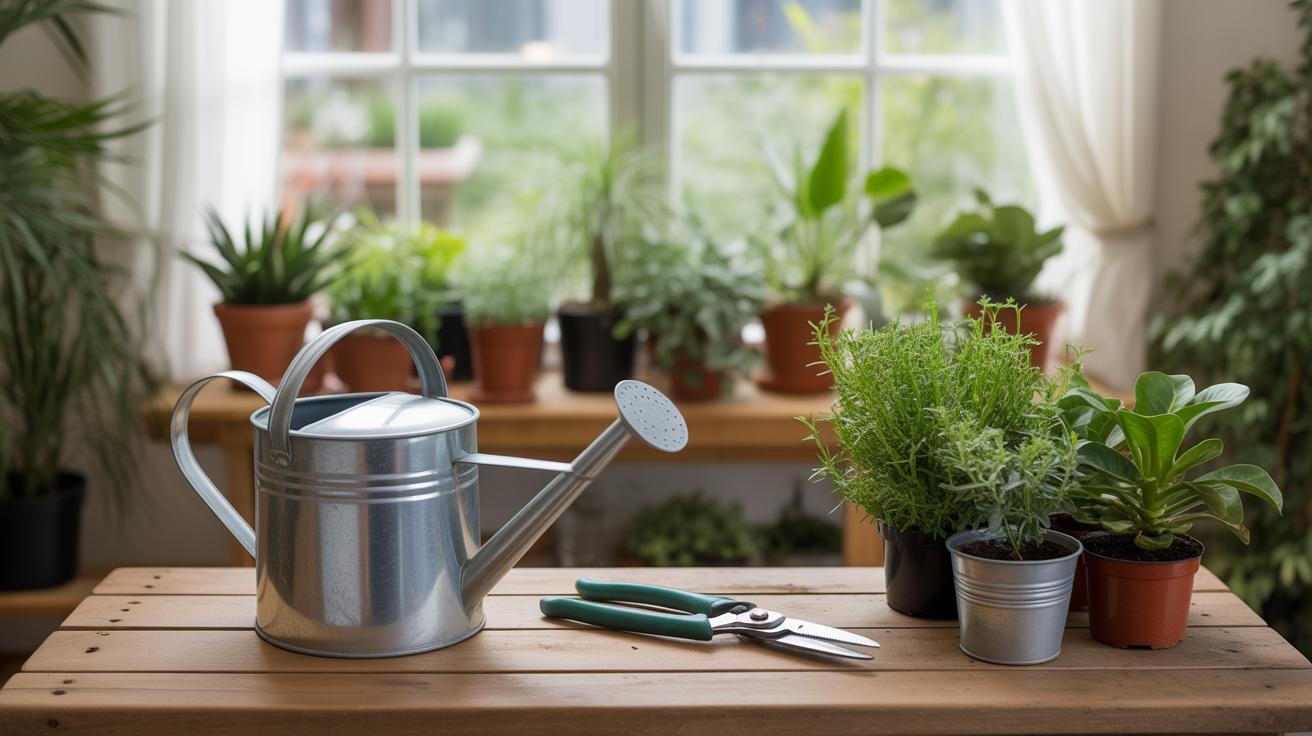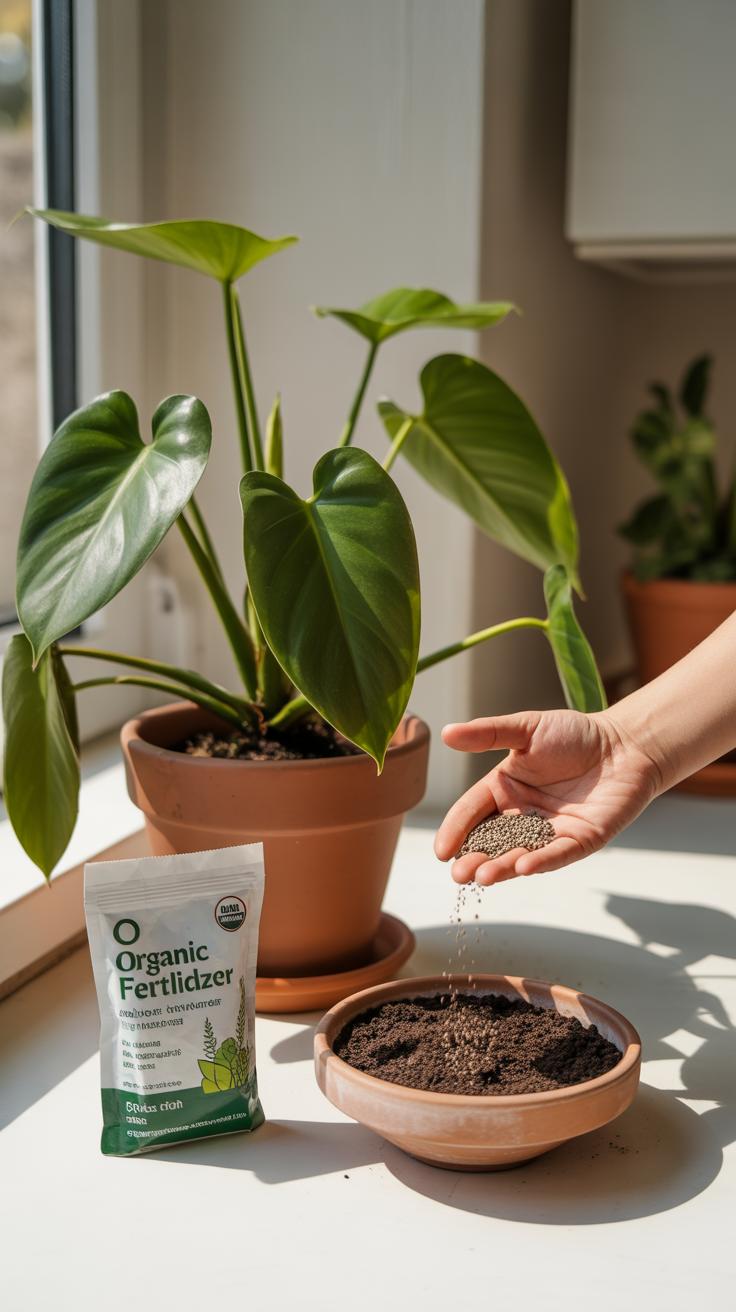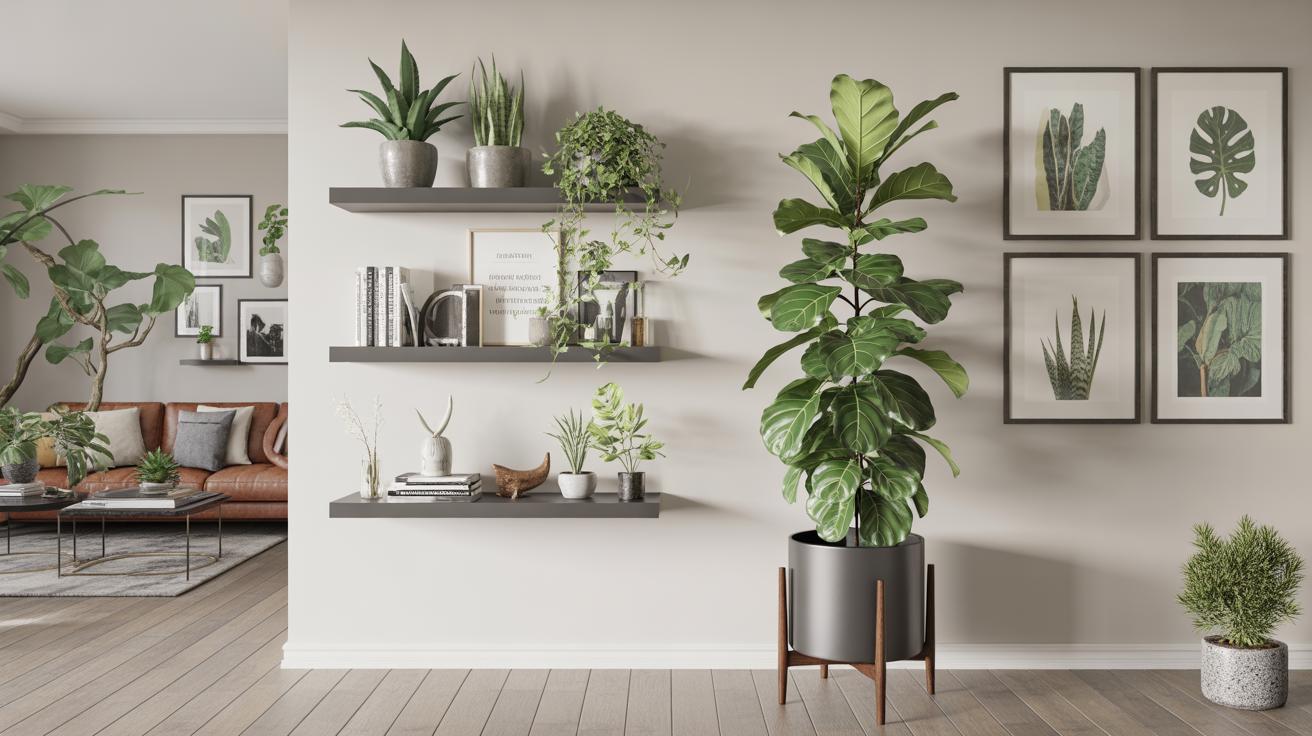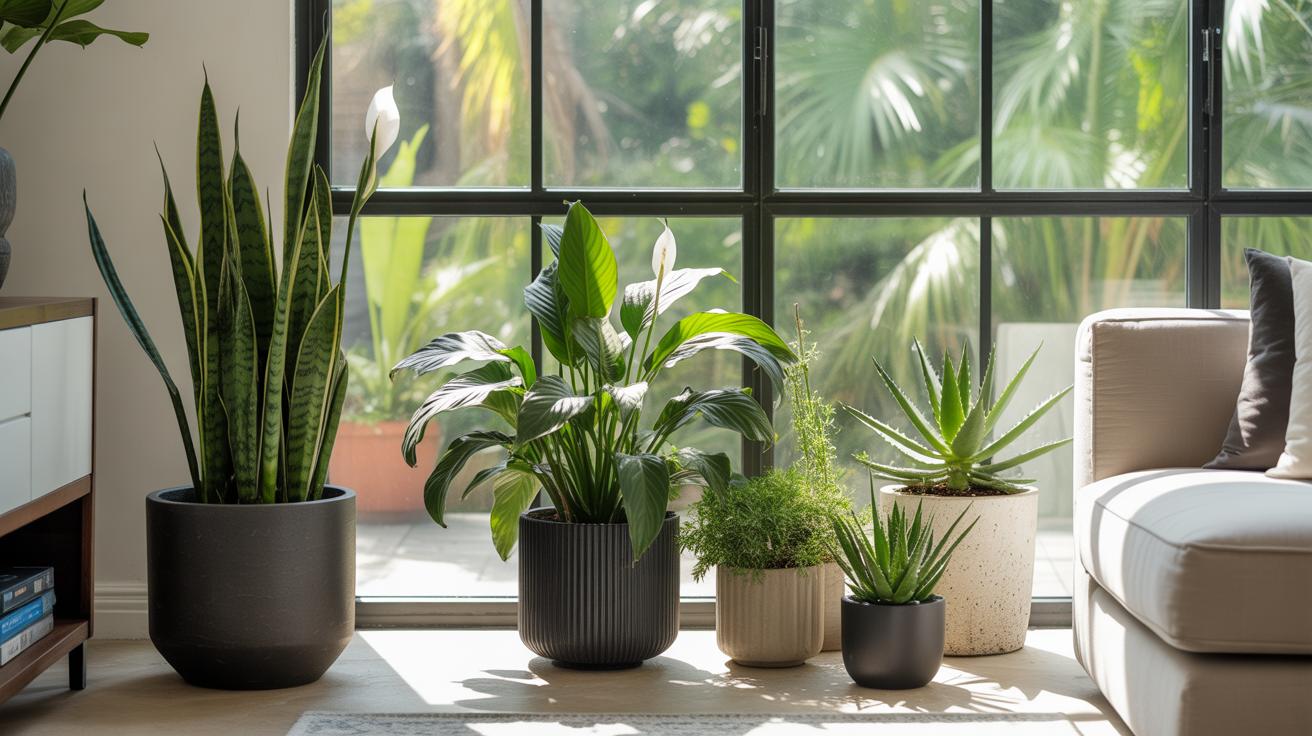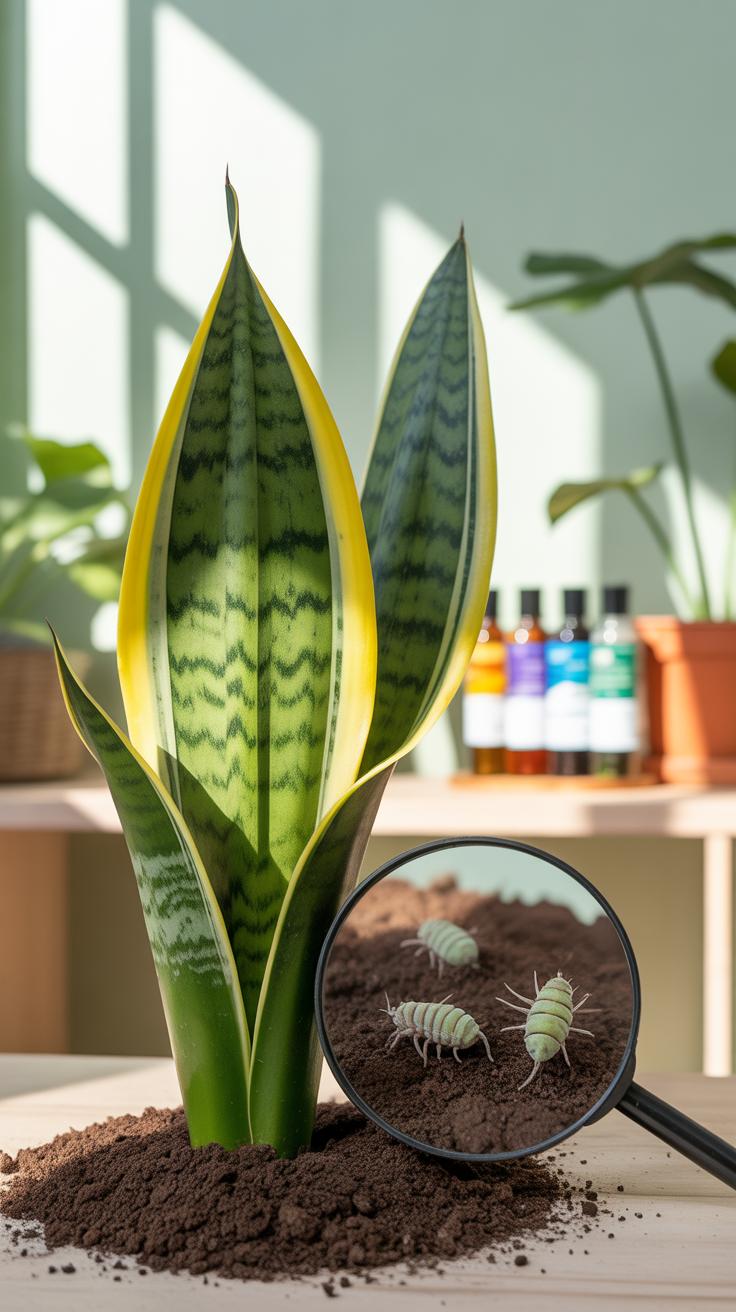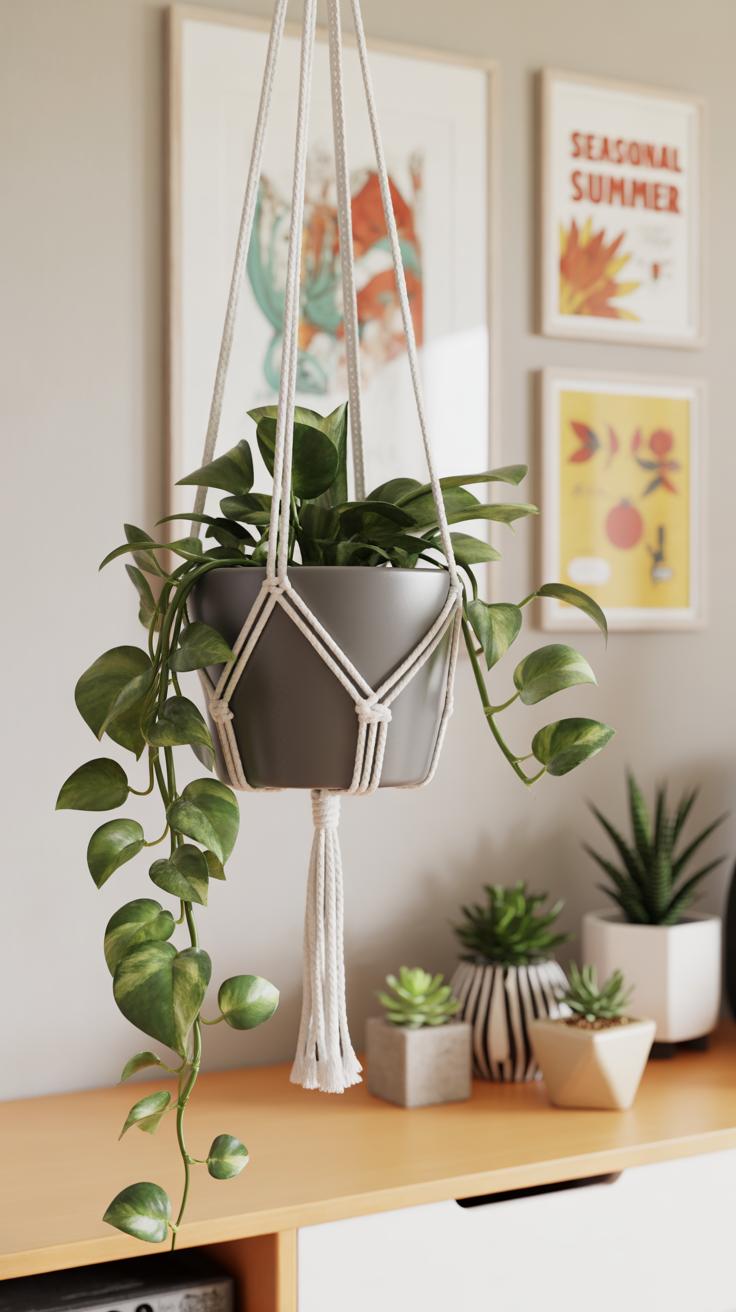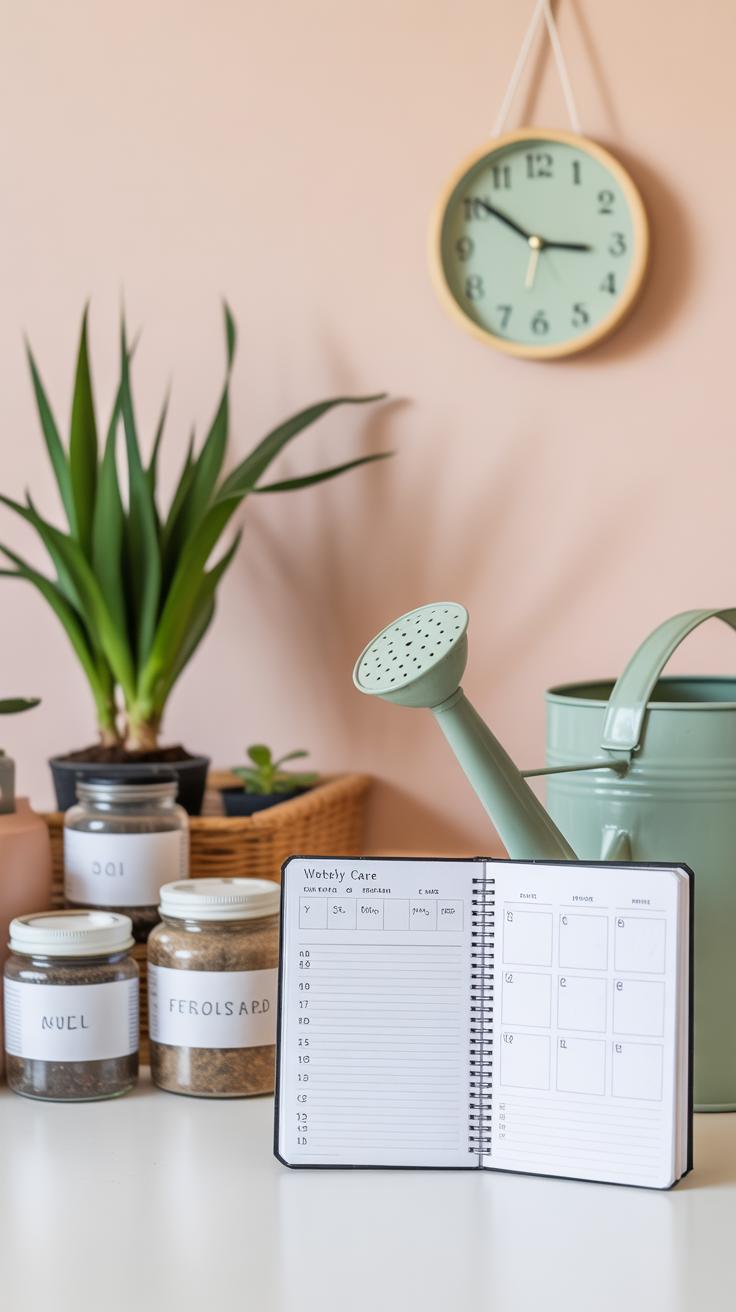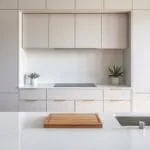Introduction
Indoor plants bring life and freshness to your home. They not only brighten your space but also improve air quality and boost your mood. With many types of indoor plants available, it can be fun and rewarding to choose the right ones for your home. This article explores the top trends in indoor plants that can make your home healthier and more pleasant. Learn which plants thrive indoors and how to care for them best.
We will cover essential tips for selecting plants that match your home’s light and temperature. You will find advice on watering, soil, and fertilizer to keep your plants strong. Whether you’re a beginner or an experienced plant owner, these trends and tips will help you enjoy a green, healthy indoor space.
Benefits Of Keeping Plants Indoors
Indoor plants do more than just fill an empty corner or add a splash of green—they actually change the way you experience your living space. One major perk is how they help clean the air you breathe. Many common houseplants can absorb pollutants like formaldehyde, benzene, and trichloroethylene that sneak into your home from furniture, cleaning products, or even cooking. This means the air feels fresher and lighter, which quietly impacts your overall well-being.
Beyond purification, plants seem to have this subtle way of lifting your mood. I remember how just having a small fern on my desk sometimes made tedious tasks feel a little less dull. Some studies suggest they help reduce stress and increase focus, though it’s hard to tell how much is psychological and how much is real.
On top of health benefits, plants offer simple decoration with natural texture and color. They soften hard edges in rooms and create a more inviting environment. You don’t need a green thumb or anything fancy; even a few resilient succulents can make a noticeable difference. In many ways, their presence invites calm and curiosity, making your home feel a bit more alive.
How Plants Purify The Air
The process by which plants clean indoor air is quite fascinating. Through their leaves and roots, plants absorb gases and particles that could be harmful. Some toxins get trapped and broken down by the plant’s cells, while others are taken up by helpful microbes in the soil. Then, as plants photosynthesize, they release oxygen back into the room.
You might wonder how much oxygen a few plants can produce—well, not enough to replace ventilation but enough to improve air quality in small spaces. Certain plants like spider plants, peace lilies, and snake plants are known for their ability to absorb more pollutants than others. Still, the impact depends on factors like the number of plants, room size, and light levels.
It’s also curious that plants emit moisture, which can increase indoor humidity slightly—something that might help with dry air in winter, though it could be less ideal elsewhere. So, while plants aren’t a perfect filter, they contribute visibly to cleaner, more breathable air around you.
Plants And Mental Health
It’s worth thinking about how having plants indoors affects your state of mind. They provide a small but consistent connection to nature, which some people find calming. Watching a plant grow, touch its leaves, or even just being near one can lower feelings of anxiety and make spaces feel less sterile.
Some experiments show boosts in productivity and creativity when plants are present in offices or study areas. Yet, the effects can vary from person to person—while some find plants soothing, others might feel guilty if their plants struggle or die. That tension shows the relationship isn’t purely positive or straightforward.
Even so, many agree that taking care of plants gives a short daily focus outside screens or work, fostering mindfulness. Whether you’re aware of it or not, that act of nurturing affects your mood and stress. So, if you’ve ever noticed yourself feeling a bit better after watering your plants, you’re not imagining it.
Types Of Indoor Plants To Try
When choosing indoor plants, it’s helpful to consider how much time you want to spend caring for them—and what kind of environment your home offers. Some plants ask almost nothing from you, while others need a bit more attention.
Low Maintenance Plants
If you’re not the most diligent waterer or just want plants that fit a busy lifestyle, succulents and cacti are good bets. They store water in their leaves or stems, so letting the soil dry out between waterings works just fine. Most of these plants enjoy bright, indirect light but can manage a little shade from time to time. I once forgot a small succulent for weeks, and it still bounced back, which was rather surprising.
Here are a few popular choices:
- Aloe Vera – Needs minimal watering; also handy for minor skin irritations.
- Echeveria – Looks like a rosette, prefers dry soil and lots of light.
- Cactus varieties – Only water every few weeks, often thrive near sunny windows.
Plants For Shady Rooms
Rooms without much natural light? There are options here, too. Pothos and snake plants do well in low-light corners that might otherwise seem lifeless. These plants tolerate the lack of sun better than most, although they grow slower under such conditions. Snake plants, in particular, seem tough to kill—I’ve heard stories of them surviving in offices with barely any sunlight at all.
Try these if you have shading or smaller windows:
- Pothos – Trailing vines, thrives in low to moderate light, easy to prune.
- Snake Plant (Sansevieria) – Upright leaves, needs infrequent watering, can survive cloudy spots.
- ZZ Plant – Glossy leaves, requires little water, tolerates low light.
Choosing the right plant for your space means thinking about care routines as much as appearance. Are you ready to test which kind fits your lifestyle best?
Choosing The Right Location For Your Plants
Finding the perfect spot for your indoor plants is more than just setting them on a shelf or near a window. Light, temperature, and space all play a part, and often they interact in ways that make choosing the right location a bit tricky.
Light Requirements
Plants differ greatly when it comes to how much sunlight they like. Some, like snake plants or pothos, can handle low light, thriving in corners or rooms with small windows. Others—ficus or succulents—need bright, indirect light, ideally near east or west-facing windows.
Measuring light isn’t always obvious. You might try a simple trick: hold your palm up near a plant’s spot and see how many shadows it casts in the room. A single shadow usually means bright light, while none or blurry shadows suggest low light. Even a small south-facing window can flood a space with light for part of the day, but a north-facing window often feels dimmer.
Sometimes, you think a spot has enough light, but your plant’s slow growth or yellowing leaves hint otherwise. That mismatch means you might need to move it, or supplement with artificial light if you really want that plant there.
Temperature And Humidity
Most indoor plants prefer stable temperatures between 60 and 75 degrees Fahrenheit, but not everyone’s house stays that consistent. Drafts from windows or doors, heaters, and air conditioning can stress plants surprisingly fast.
Humidity is another factor that doesn’t get enough attention. Tropical plants, like ferns or calatheas, love higher humidity, which is often lacking in heated or air-conditioned rooms. A small humidifier, pebble tray, or grouping plants together can help, but keep in mind: raising humidity for one plant may affect others differently.
Check if your spot feels stuffy or dry by observing your plants too. Browning leaf edges might be a subtle hint that humidity is too low, even if the temperature feels fine. You might move the plant a bit closer to the kitchen or bathroom, where moisture tends to linger.
In any case, your plant’s location isn’t a permanent decision; feel free to tweak it as you see how it reacts to its surroundings. Sometimes finding the right place is, well, a little bit of trial and error.
Watering And Soil Tips For Indoor Plants
How Much And When To Water
Figuring out exactly when and how much to water your indoor plants can be tricky. Most people think watering on a strict schedule works, but really, it depends on the plant and its environment. Some like their soil barely moist, while others prefer a good, thorough soak.
One way to check is by feeling the soil—you can stick your finger about an inch deep. If it feels dry, it’s time to water. If it’s still damp, wait a bit. Early mornings or late afternoons often work best since water is absorbed slowly without evaporating too quickly.
Overwatering is surprisingly common. It suffocates roots and invites mold or pests. On the other hand, underwatering leads to droopy leaves and slow growth. It’s okay if you miss once in a while, but repeated mistakes can stress your plants. I’ve learned to pay attention to each plant’s signs rather than just following a calendar blindly.
Choosing The Best Soil
Not all soils are created equal, especially for indoor plants. A one-size-fits-all potting mix rarely fits all your needs. Some plants, like succulents or cacti, need sandy, well-draining soil. Others, like ferns or peace lilies, thrive in peat-rich, moisture-retaining mixes.
Look for soil mixes labeled for indoor plants or specific varieties. You might combine your own by mixing potting soil with perlite or vermiculite to improve aeration. This can prevent compaction, which often causes roots to drown.
Soil quality affects watering, too. Denser soils hold water longer, which means watering less frequently. Lighter soils dry out faster but demand more regular watering. Adjusting soil type to your plant’s needs is probably as important as watering time if you ask me.
Fertilizing Your Indoor Plants
Plants indoors don’t get the same natural nutrients they would outside, so providing the right food matters quite a bit. Fertilizers supply essential elements plants need to stay healthy and grow well. Without these nutrients, you might notice stunted growth or discoloration—even if your watering is spot on.
Essential Nutrients For Plants
There are three major nutrients to focus on: nitrogen, phosphorus, and potassium. Each plays a unique role:
- Nitrogen helps leaves grow green and lush. You’ll often spot a shortage if leaves turn pale or yellow.
- Phosphorus encourages root development and flower production. It’s especially key if you want your plants to bloom indoors.
- Potassium strengthens overall plant health and resistance to stress. It contributes to sturdier stems and helps regulate water use.
Besides these, trace minerals like calcium and magnesium matter too, but they usually come naturally from good potting mixes.
How To Apply Fertilizer Safely
Choosing the right type of fertilizer depends on your plant’s needs and your schedule. Liquid fertilizers give a quick nutrient boost, while slow-release pellets feed over time. Both have their place, but you should be cautious not to overdo it—excess fertilizer can burn roots or cause salt buildup in the soil.
For most indoor plants, feeding once a month during the growing season suits them well. Some plants, like succulents, need far less, so less frequent applications work better. Always dilute concentrates as per the instructions; it is easy to think more is better, but really, less is often safer.
Do you check your plant’s condition after feeding? Noticing changes, positive or not, can guide how often and how much to feed next time. Fertilizing is kind of like learning to talk with your plants—sometimes they tell you more than you expect.
Common Indoor Plant Problems And Solutions
Pests And How To Control Them
Indoor plants often attract pests like spider mites, aphids, and mealybugs. These tiny invaders can quickly damage leaves, stunt growth, and make your plants look sad. You might spot them as tiny dots, webbing, or sticky residue. It’s frustrating when your greenery gets infested, especially if you thought you were doing everything right.
Natural pest control methods work well for most cases. For instance:
- Wiping leaves with a damp cloth can remove a lot of pests early on.
- Spraying a mix of water and mild soap targets soft-bodied insects without harsh chemicals.
- Introducing beneficial insects like ladybugs is less common indoors but could be interesting for some.
- Neem oil acts as a repellent and breaks pest life cycles—just test it on leaves first.
One thing to remember: pests often show up because the plant is stressed. Is the air too dry? Too wet? Fixing the environment goes a long way.
Preventing Root Rot
Root rot is a sneaky killer of indoor plants, mostly caused by overwatering. When roots sit in soggy soil for too long, they start to decay, turning mushy and black. You might notice yellow leaves or a bad smell from the pot—signs to watch closely.
To keep roots healthy, water only when the top inch of soil feels dry. Sometimes it’s easy to overdo watering, especially if you feel guilty about neglecting your plants.
Good drainage is key. Make sure pots have holes and use well-draining soil. Elevating pots can help excess water escape instead of pooling at the bottom. Rotating plants a bit for air circulation around the roots can also reduce risk.
Consider lifting your plant occasionally to check the root condition if you suspect problems. It may seem drastic, but catching root rot early can save a plant.
Creative Ways To Decorate With Indoor Plants
Using plant stands and shelves offers a simple but effective way to elevate your indoor greenery. By stacking plants at different heights, you create depth and interest in a space. A tiered wooden stand in a corner, for example, helps gather various sizes and shapes without crowding the floor—plus, it’s easier to water and rotate your plants when they’re all grouped. You might even mix in some decorative objects, like candles or books, to make the display feel more personal. It’s not just about looking good; it makes the plants part of the room’s rhythm.
Hanging and wall-mounted plants save floor space and add a sense of airiness. Hanging pots near a window with trailing vines can soften hard edges, while wall-mounted planters bring greenery right up to eye level. If you’re tight on room or dislike clutter, this approach feels like a breath of fresh air. Maybe try grouping several small pots on a shelf bracket or a wooden panel to create a living art installation. It’s surprising how a few well-placed plants can change a wall from boring to inviting, though it might take some experimenting to find the right balance between too sparse and overwhelming.
Building A Routine To Care For Your Indoor Plants
Taking care of indoor plants doesn’t have to be overwhelming if you develop a simple, consistent routine. Set aside a specific day each week to check your plants—look at their leaves, soil, and overall condition. This small habit helps catch problems early and keeps plants healthy over time. Maybe Sunday afternoons become your green time? It’s more manageable than you’d think once it’s part of your schedule.
During these checks, consider adjusting watering amounts or moving plants closer to or away from windows based on what you see. Some leaves droop not because of underwatering but because the light is off. Others might need occasional misting or a wipe to keep dust from blocking light. You’ll get a feel for what each plant prefers if you give it these regular “health” checkups.
Seasons change, and so must your care. In winter, plants generally need less water and might benefit from being nearer to light sources as days shorten. In summer, they often dry out faster and appreciate being watered more often. Don’t just guess—observe how your plants respond and shift their care to match. It’s not an exact science, more like a conversation really. When your snake plant starts looking a bit pale in February, maybe it’s time for a brighter spot or less watering.
Conclusions
Indoor plants are more than just decorations. They can enhance your home’s environment in many ways. By choosing the right plants and caring for them properly, you create a living space that feels fresh and calming. Remember, plants need the right light, water, and nutrients to thrive indoors. Following simple care steps will keep your plants healthy and beautiful.
As you explore the world of indoor plants, you may discover new favorites that fit your lifestyle and home space perfectly. Keep learning and experimenting with different plants to find what works best for you. Enjoy the many benefits of indoor greenery for a healthier, happier home.

